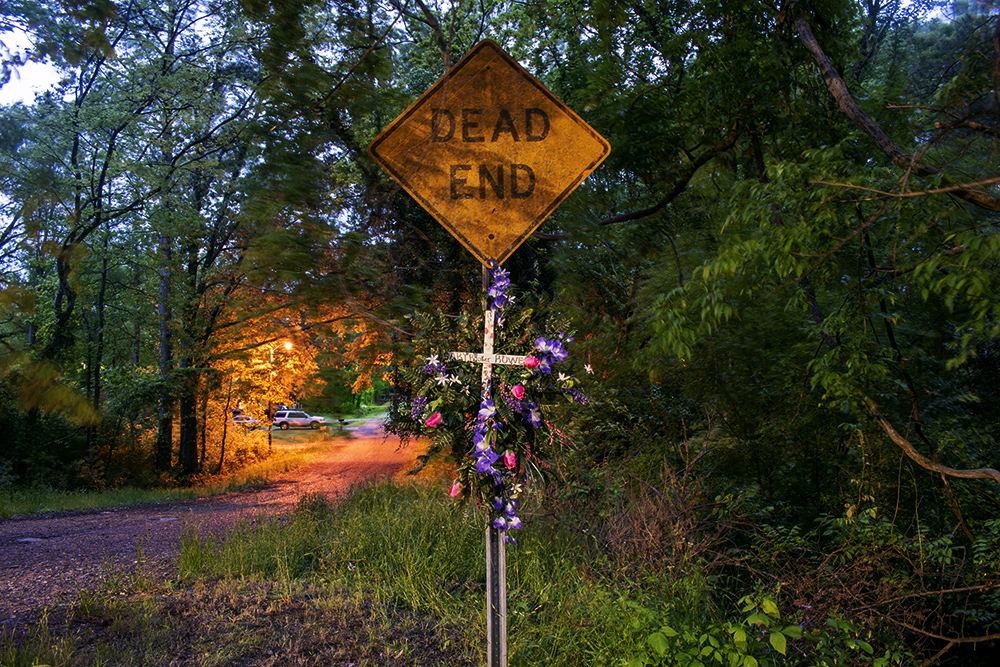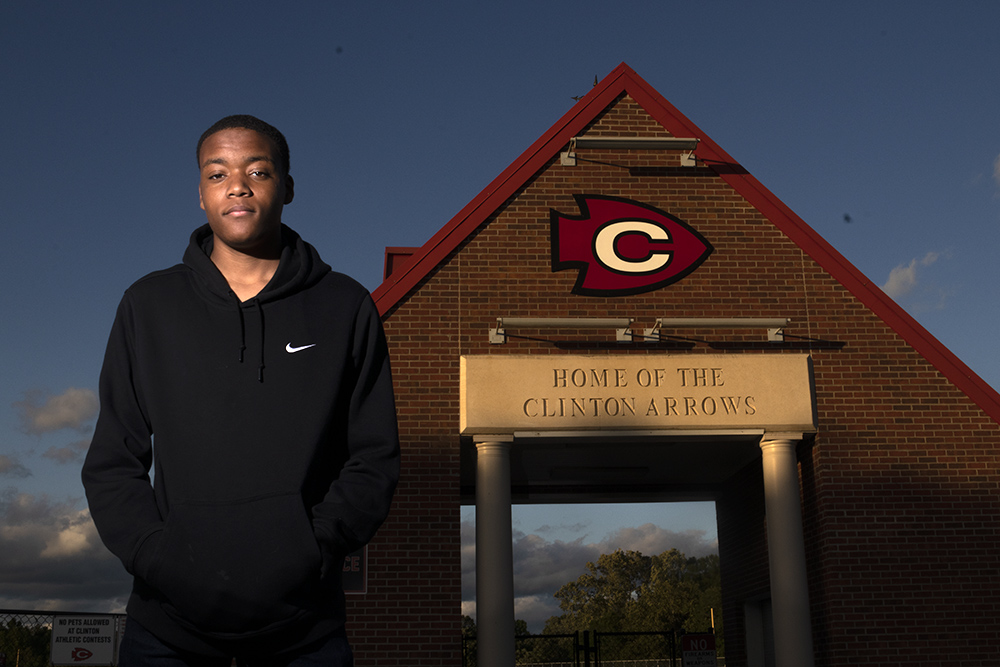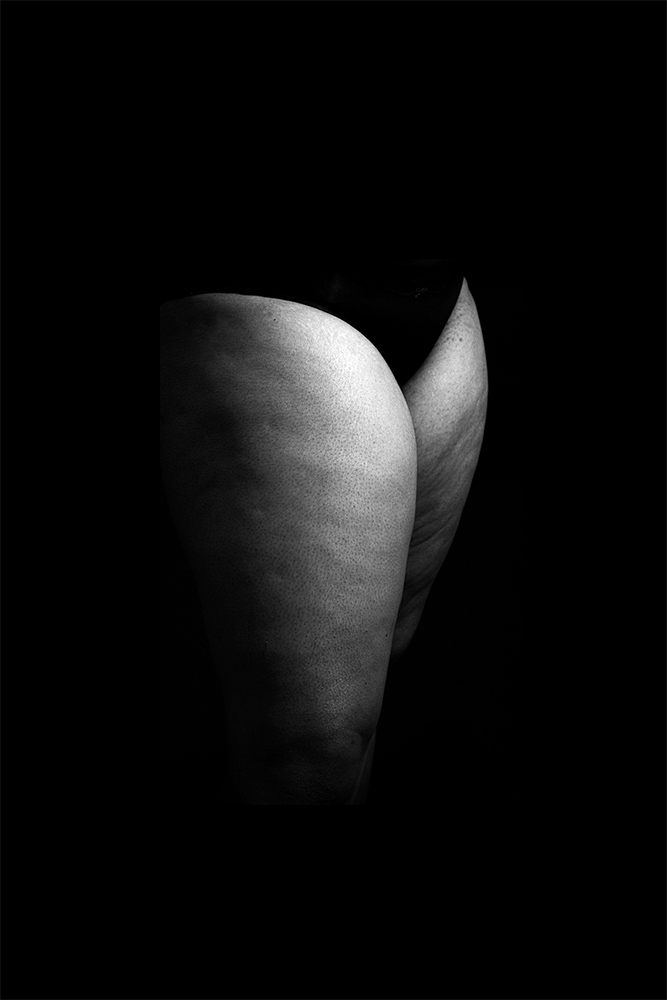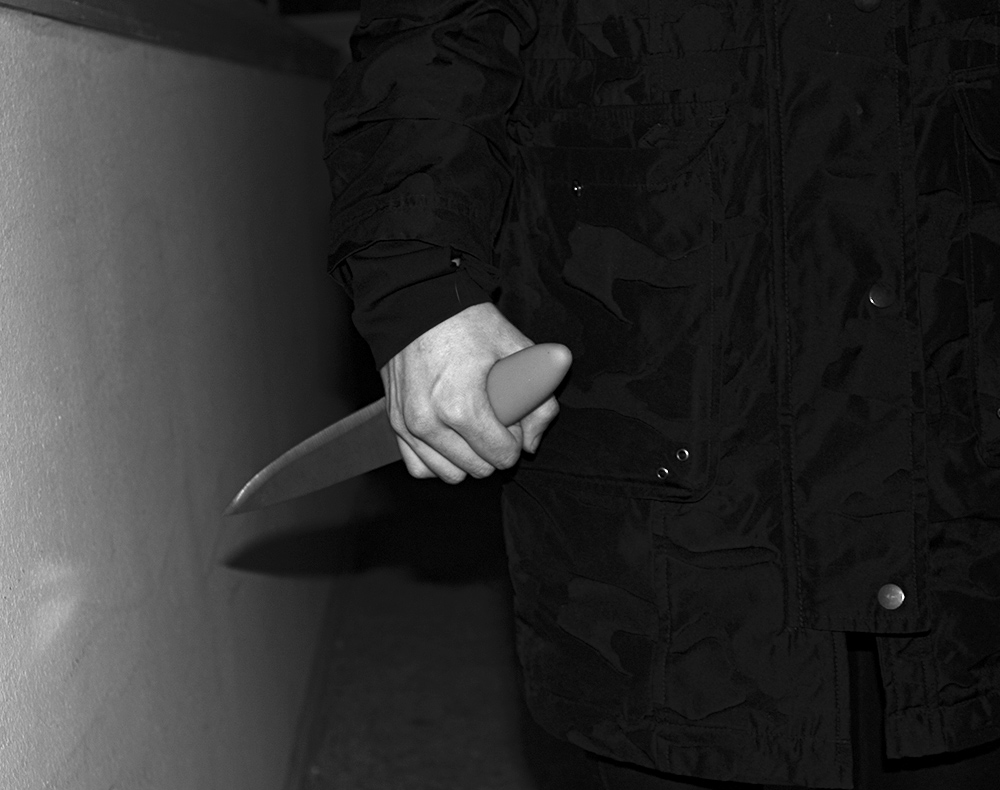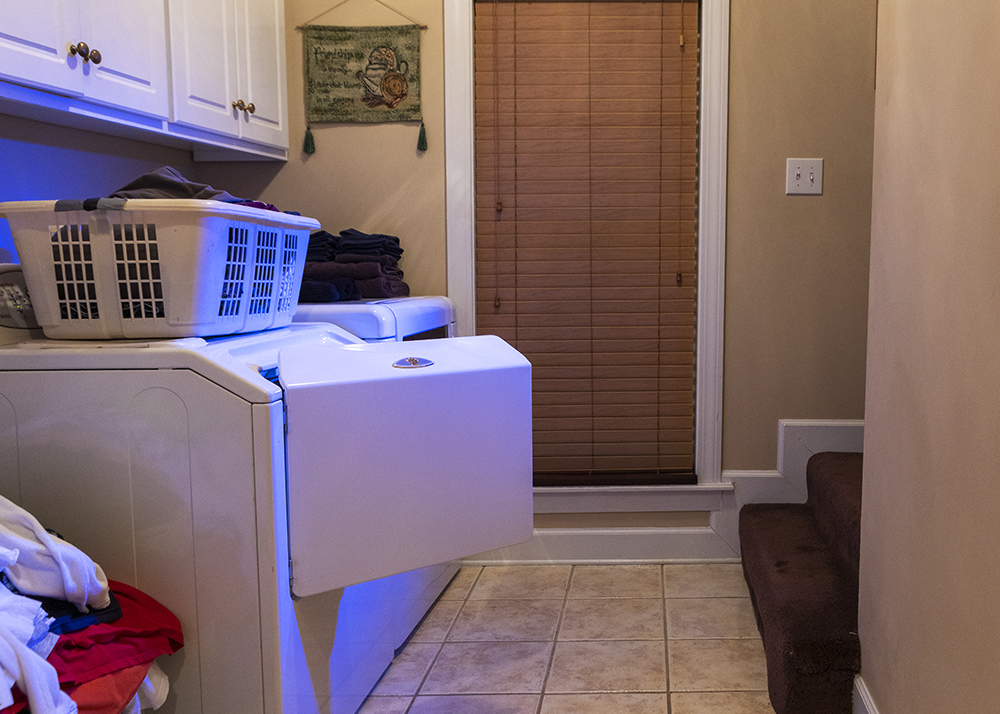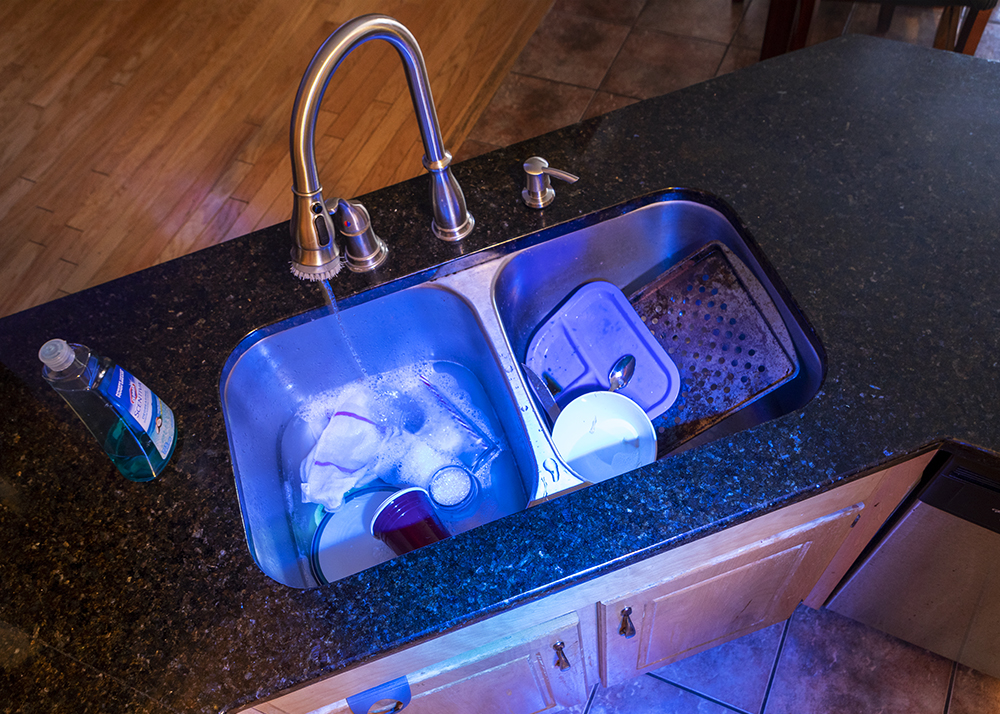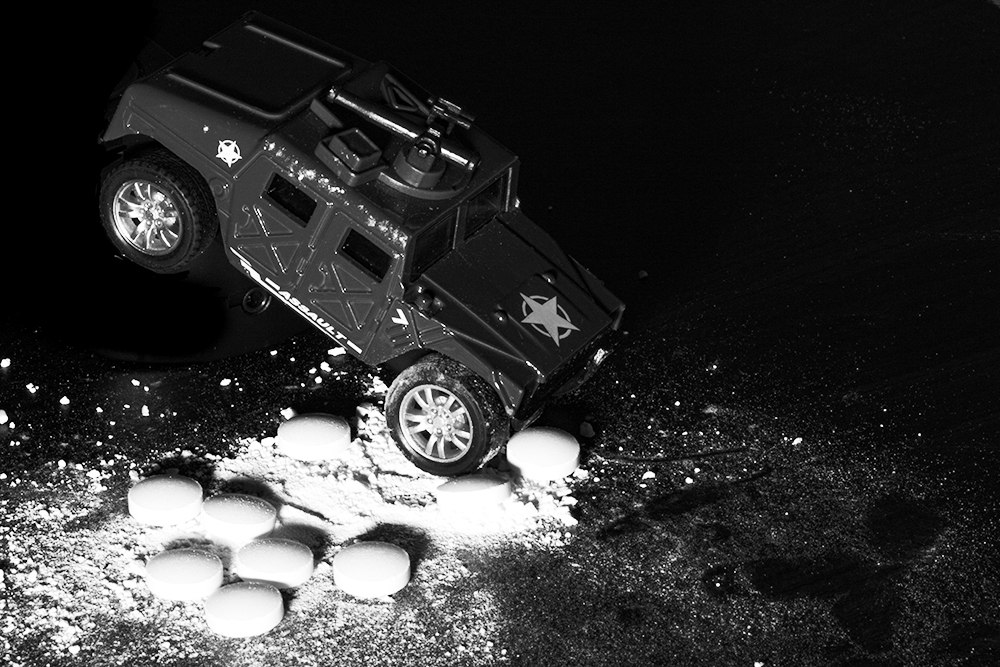ART 4990 | Special Topics: Location Lighting
Location Lighting is an introduction to the professional location lighting techniques using off-camera flash photography.
Below are descriptions of some of the assignments in the course with student work examples.
Project 1: Invisible Black Background
For this series you will use your DSLR camera and flash to create an invisible black background.
You will create a series of four images exploring the theme of fear.
You may photograph people, objects, or make self portraits as the subject for this project.
The theme for this project challenges you to consider the relationship between form and content (your subject, the light, and the black background). As you explore and represent notions of fear, be considerate and thoughtful of the choices you are making and how those choices relate to the technique of creating an invisible black background.
Your series can be in black & white or color. Each image should be a unique composition yet work together as a series of images to communicate a unified idea about fear.
Your images can be any ratio that works for your idea: square, rectangle, circle, etc… You may use digital imaging techniques to push your ideas further, for example composites.
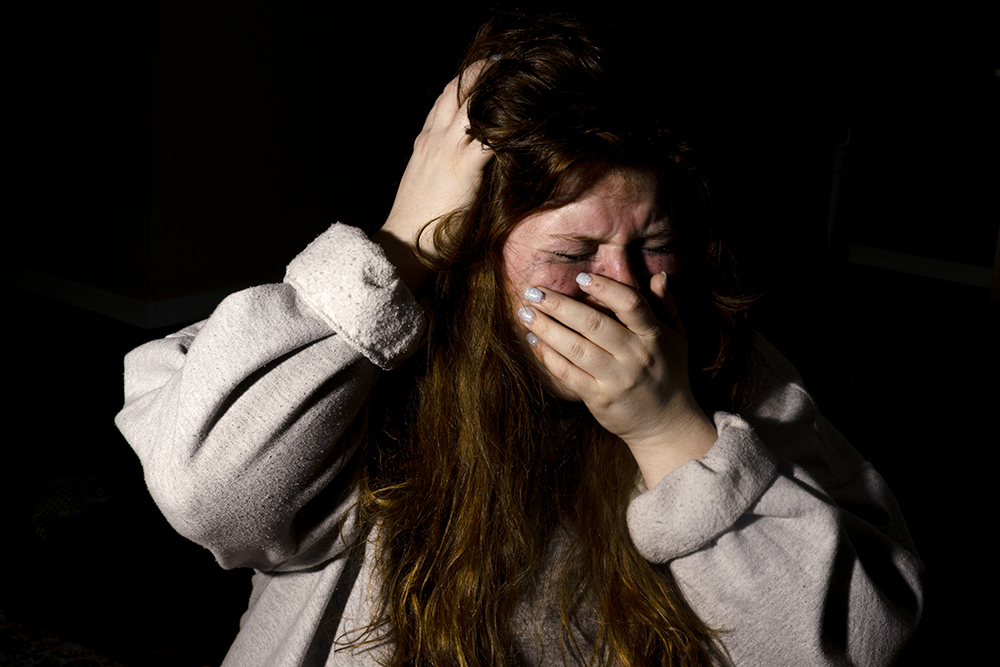
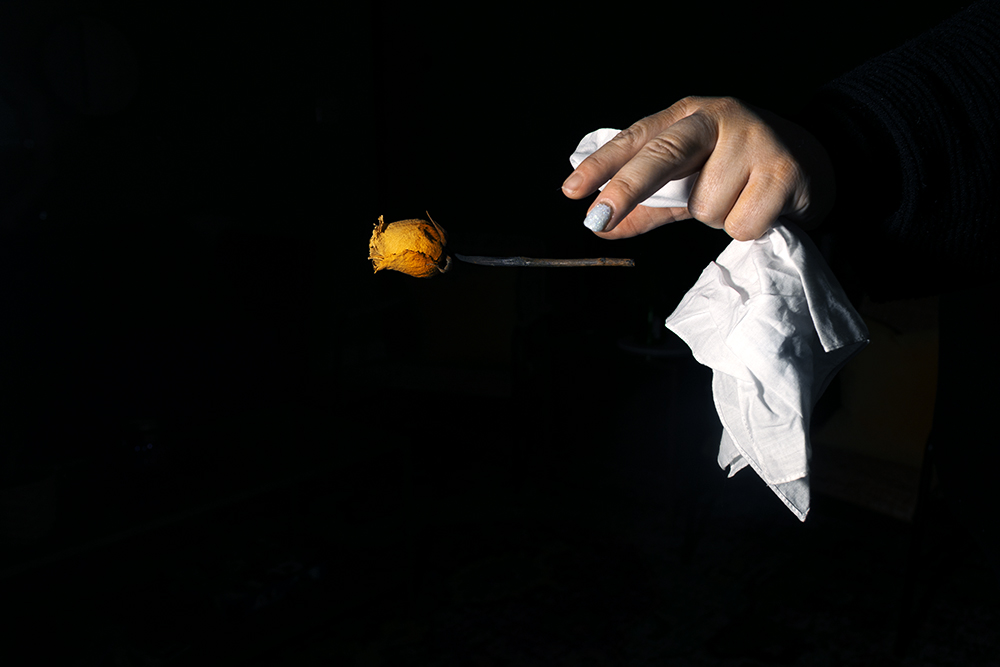
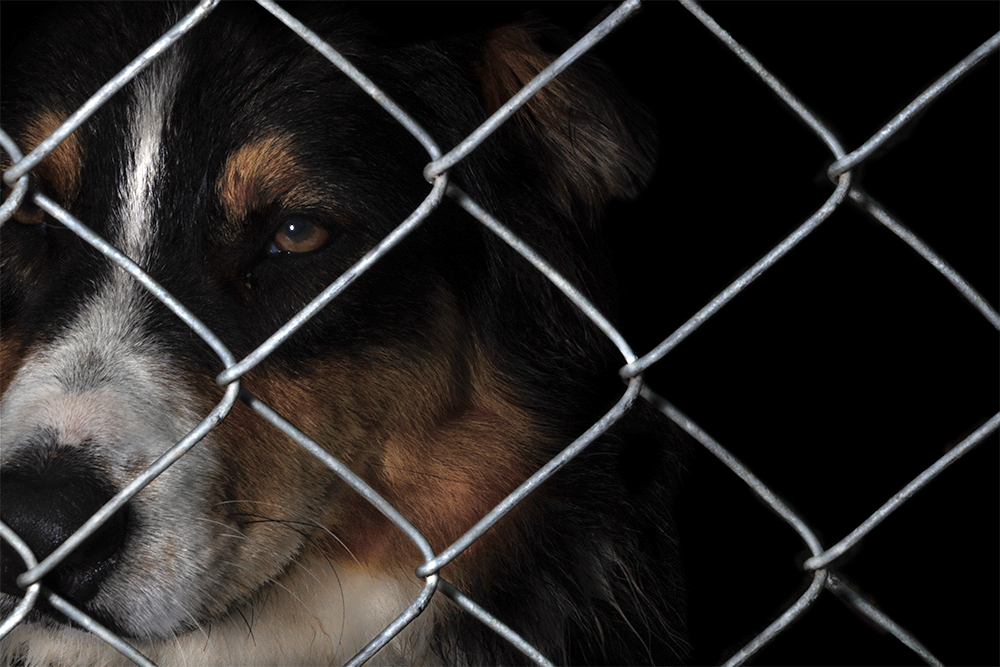
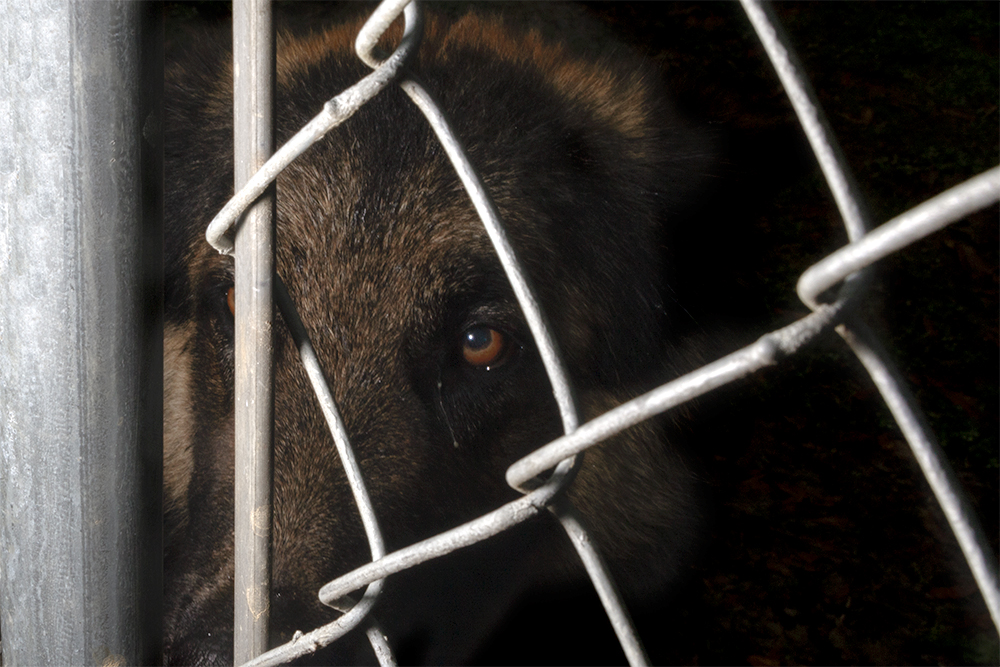
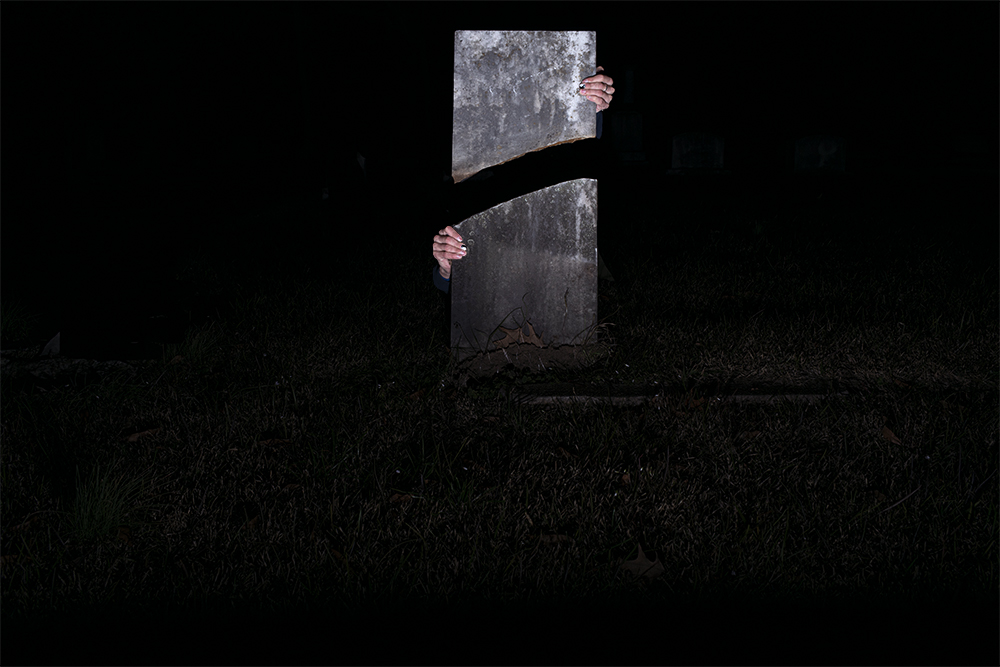
Project 2: Flash As Key Light & Ambient Light As FillLight
For this project you will use your flash as a key light and ambient light as fill light to create a series of portraits taken on location. In doing so, you will use your DSLR camera, flash, and ambient light in an environment to create a series of four images. The use of the location will help set a mood that depicts something emotional or internal about the subject. You may work in one of these modes:
- Portrait on location of human subjects
- Portrait on location of things as subjects
You may photograph people, things, or make self portraits as the subject for this project.
The choices for this project challenges you to consider the relationship between form and content (your subject, flash & ambient light, and the environment). As you explore your subject and represent its relationship to the location your subject appears in. Please be considerate and thoughtful of the choices you are making and how those choices relate to the lighting techniques for this project.
Your series can be in black & white or color. Each image should be a unique composition yet the four images should work together to communicate a unified idea about your subject and the environment your subject appears in.
Your images can be any ratio that works for your idea: square, rectangle, circle, etc… You may use digital imaging techniques to push your ideas further, for example composites.
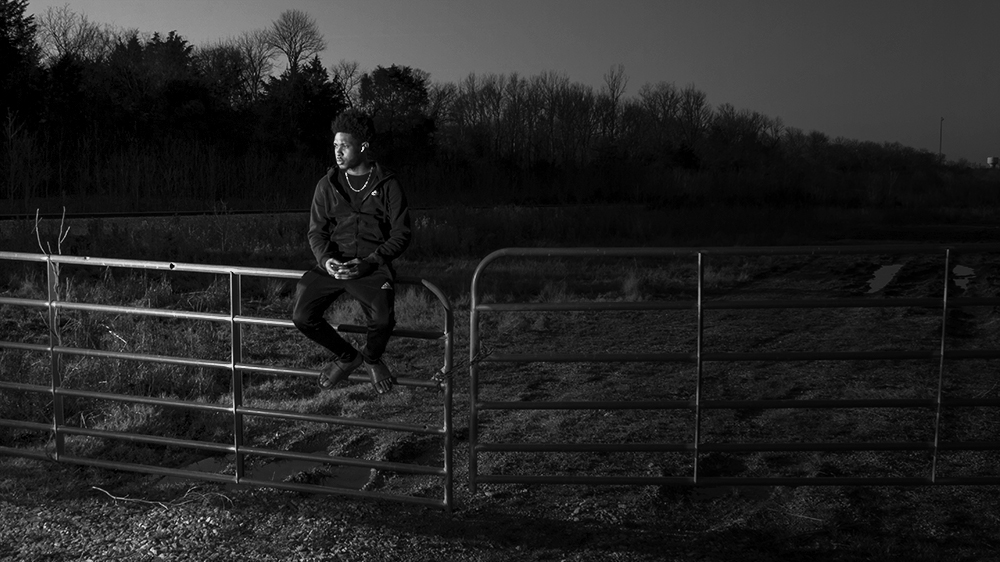
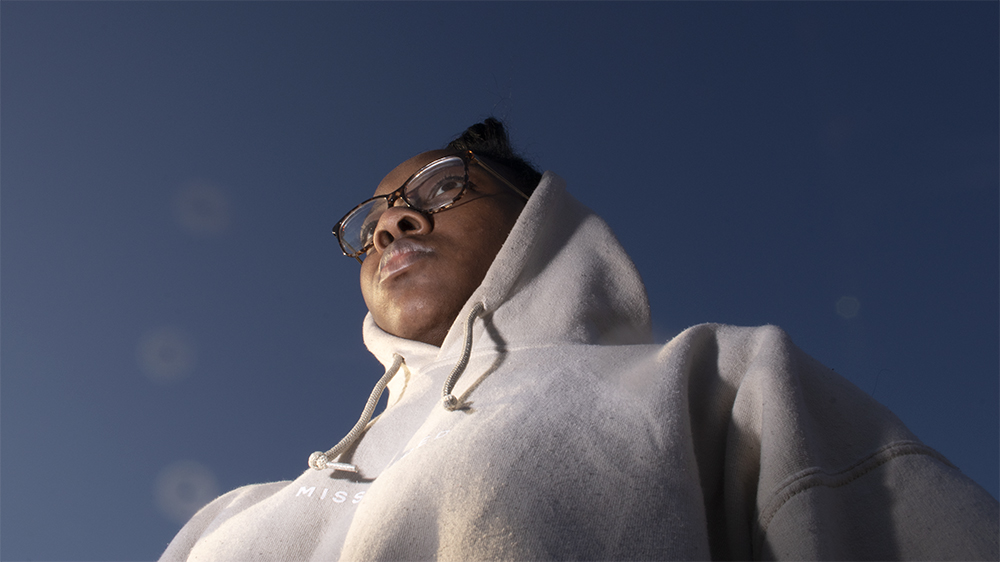
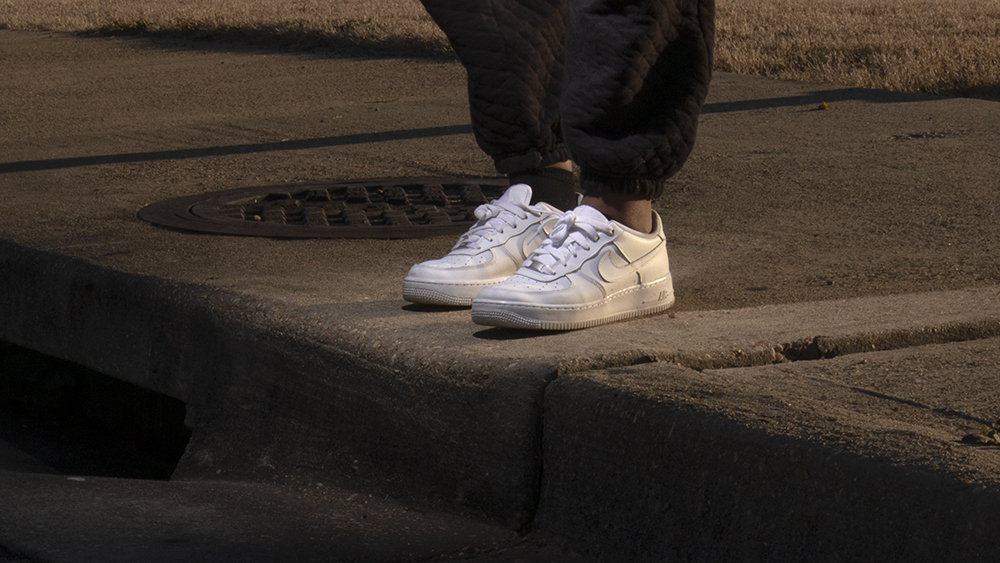
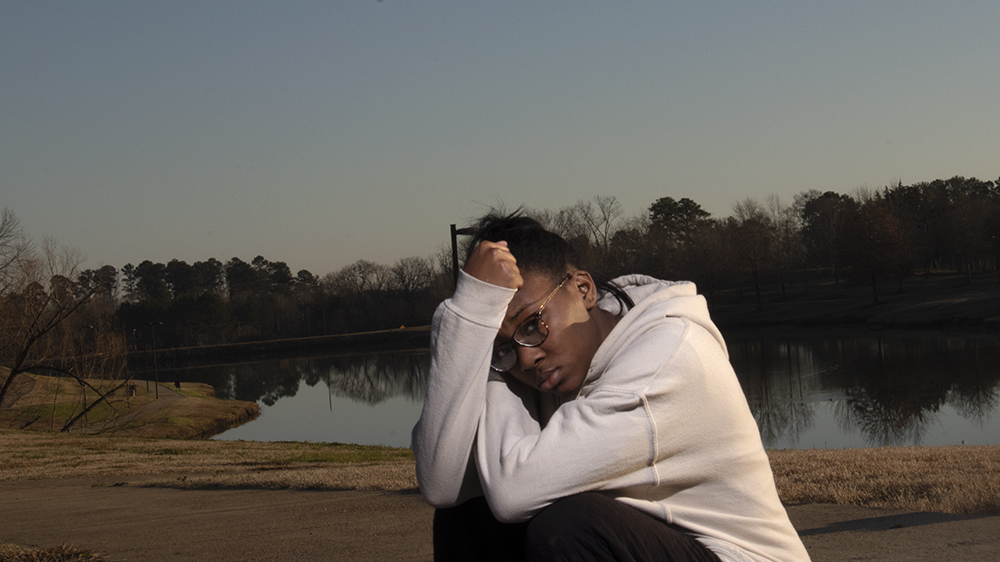
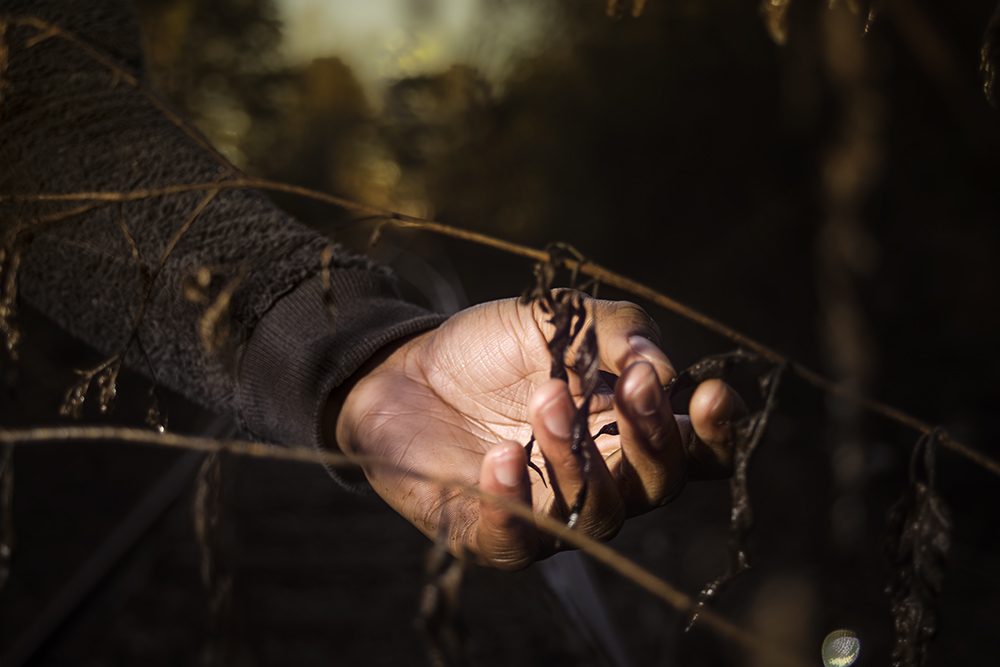
Project 3: Three-point lighting
- For this project you will work with three-point lighting by using ambient light as the key light, flash as an accent light, and the reflector as fill light to create a series that tells a story in which the light emitted from the flash acts as a character/dominant presence in the scene. In doing so, you will use your DSLR camera, flash, reflector, and ambient light in an environment to create a series of four images to tell a story about your subject Consider the role light will play as it illuminates the scene in a theatrical way.
- You may photograph people, objects, or yourself on location (interiors, exteriors, or both) for this project.
- This project expands on the techniques we explored in projects #1 and #2, while continuing to challenge you to consider the relationship between form and content. Please be considerate and thoughtful of the choices you are making and how those choices relate to the lighting techniques for this project.
- Your series can be in black & white or color. Each image should be a unique composition yet the four images should work together to tell a story about your subject, the light, and the environment your subject appears in.
- Your images can be any ratio that works for your idea: square, rectangle, circle, etc… You may use digital imaging techniques to push your ideas further, for example composites.
- Examples of work created by professional artists who are working with black backgrounds are listed in the module for you to view and study to provide inspiration when you create your own images.
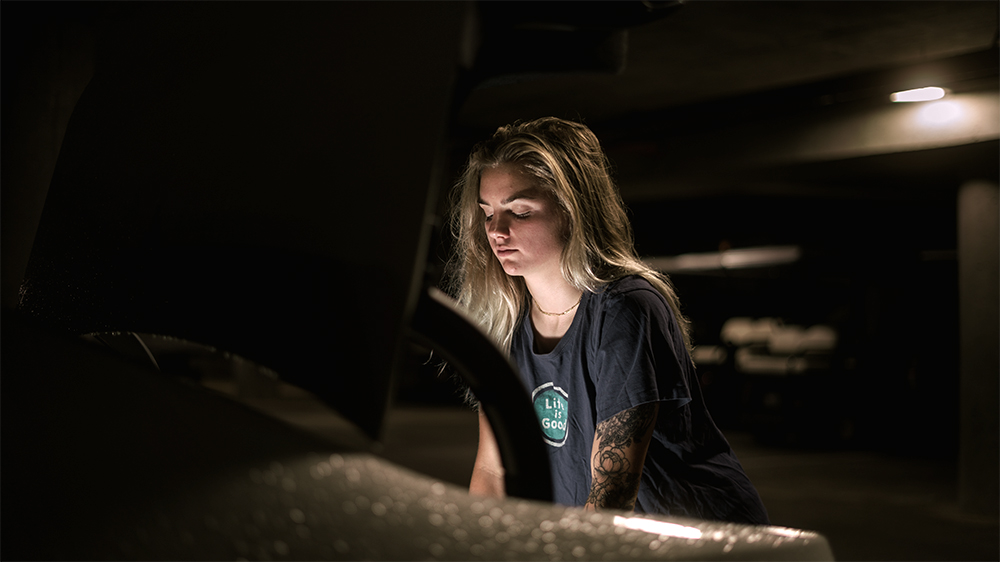
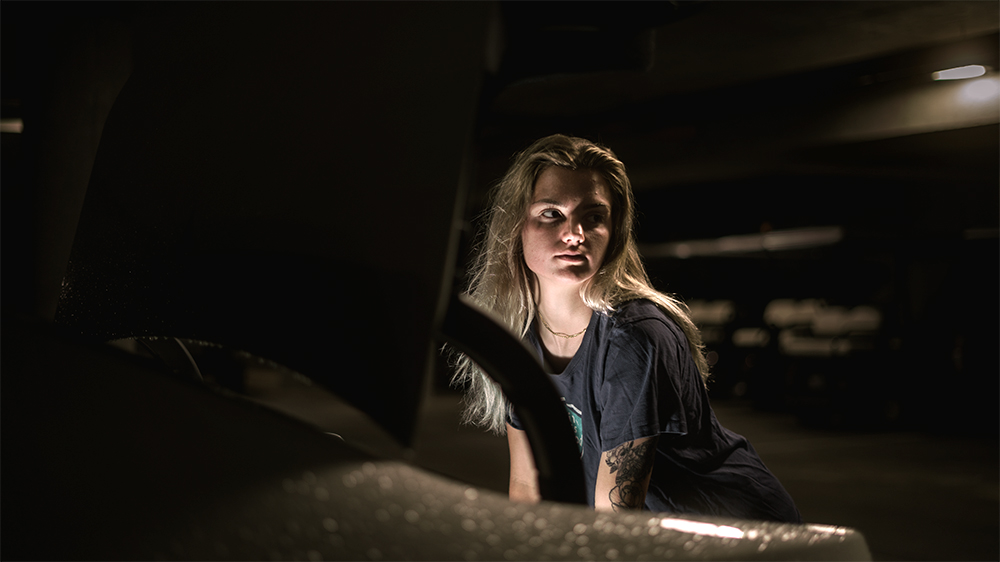
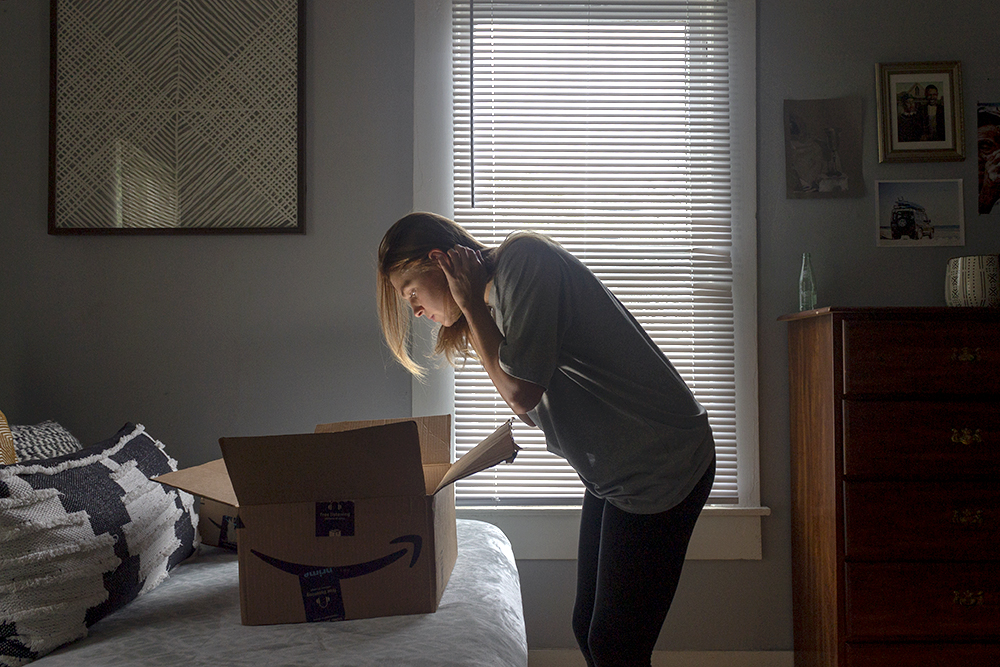
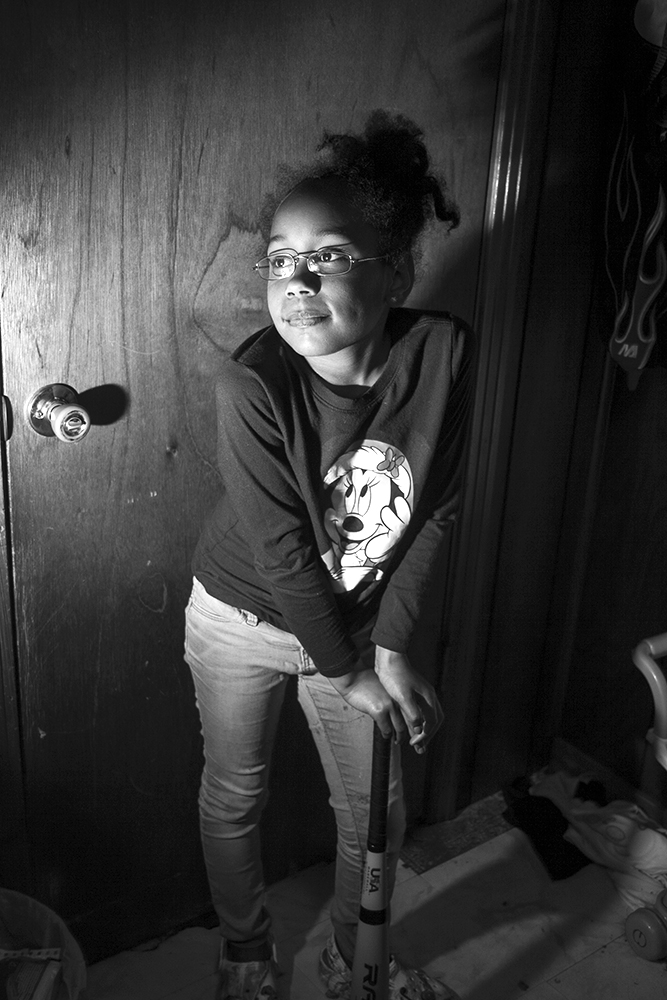
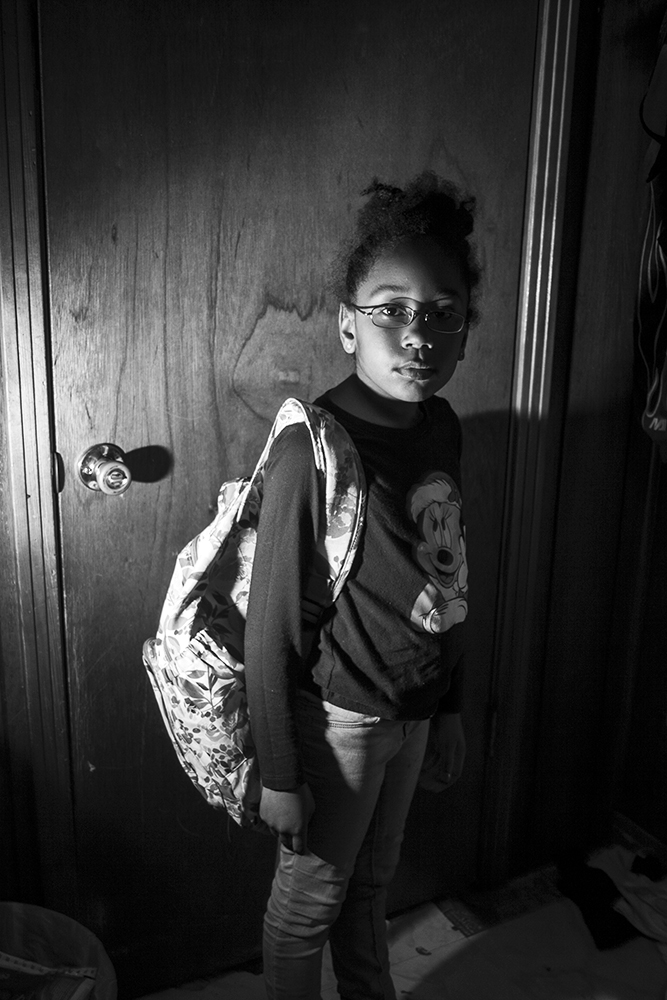
Final Project
The final project in this class will consist of a self-proposed project in which you will make a series of 6 images.
As we explored in Projects #1 - #3, a photography series is different than creating a single image because an accumulation of images adds depth and seriousness to a project.
For this project you will create a series based off of one of the techniques from Project #1,Project #2, or Project #3 or by combining multiple Techniques. Blending techniques can help push the creativity of the project. Think about the relationship between form and content as you develop your concept for the series. Consider why your ideas are necessary to represent with the techniques you wish to use.
You will begin the Final Project by submitting your proposal for approval stating what you want to accomplish in your project. What concept do you want to explore, what techniques do you want to use, and what format (image ratio) do you want the images to be?
Next, you will photograph at least 75 images (roughly the equivalent of three rolls of film). This is the minimum number of exposures you should make.
Please strive for consistency in style yet diversity in design. Take creative risks in your work and be innovative to your approach.
From the 75 images you will choose the top six that will work together the best as a series.
